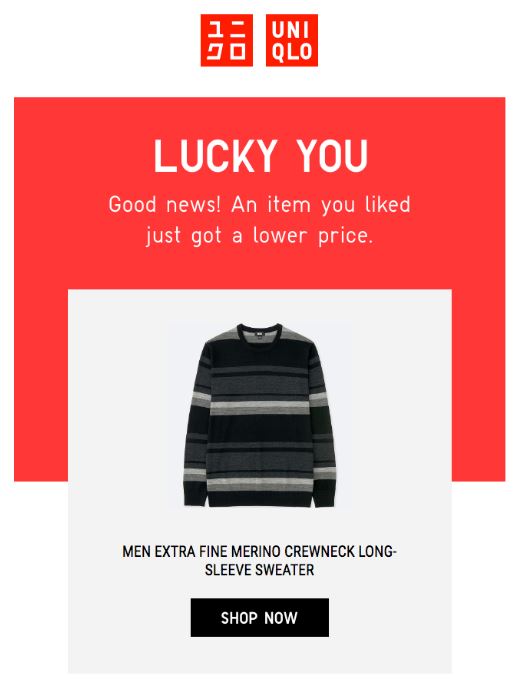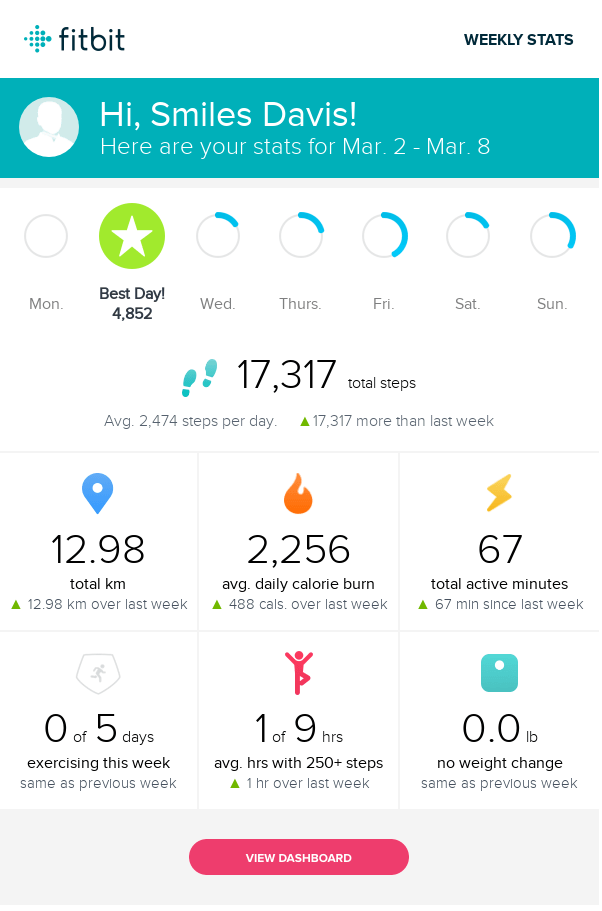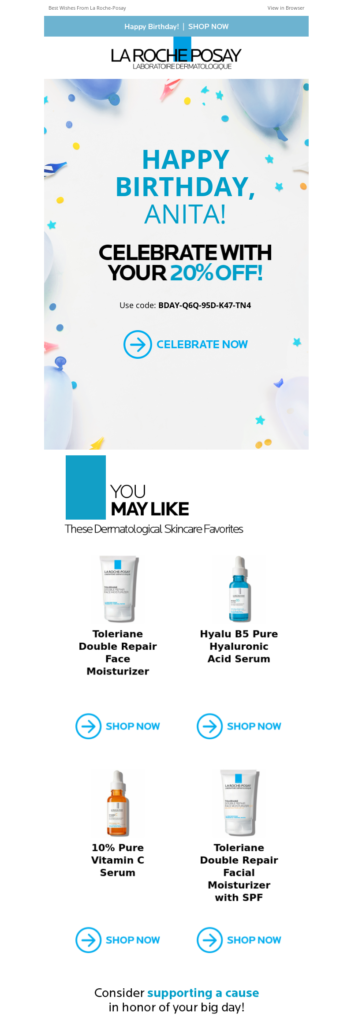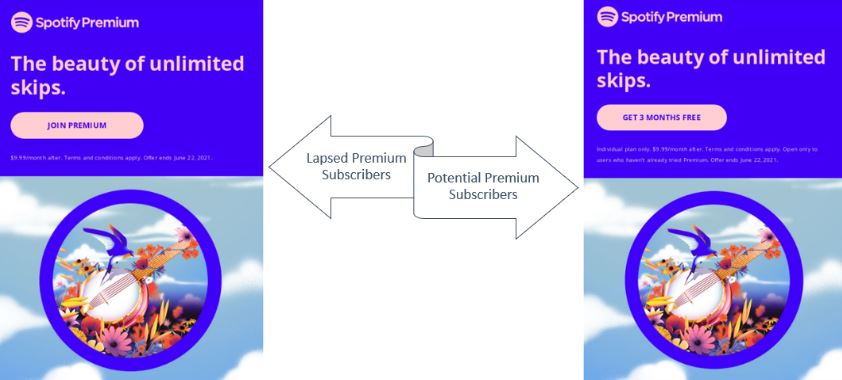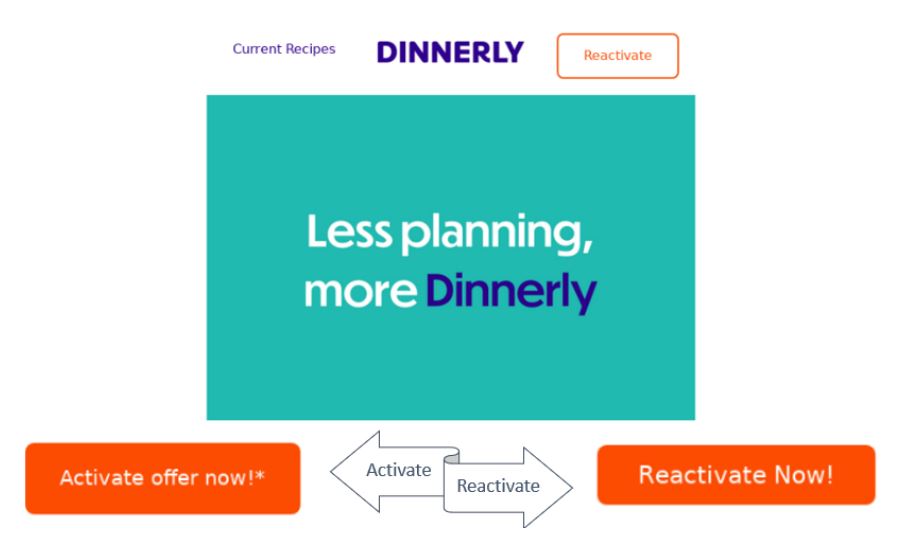
The inbox is more crowded (and competitive) than ever—and as email volumes continue to skyrocket, subscriber expectations are changing significantly.
Today’s audiences are hungry for highly customized experiences from the brands they love. That said, senders who rely on generic email content risk alienating their subscribers and falling behind more innovative competitors.
So, how can brands build strong relationships and provide consumers with the personalized content they desire? Simple: Start leveraging the power of dynamic content!
Let’s dive into what dynamic content is, why it’s useful, and how you can start incorporating it into your email strategy to boost engagement today.
What is dynamic content?
Dynamic content (as it pertains to email messages) is any element that changes based on subscriber interests, past behavior, or the personal data they’ve shared with your brand.
A wide variety of template blocks can be customized using dynamic content, including:
- Text such as email copy, greetings, and subject lines.
- Visuals such as videos, images, and interactive elements (e.g., polls or feedback requests).
- Calls to action, or CTAs.
Including dynamic content in your campaigns makes the subscriber feel like the email has been curated especially for them and helps strengthen their relationship with your brand.
Why use dynamic content?
The real question is, why not use dynamic content? Dynamic elements empower brands to move away from the dated batch-and-blast promotion strategy and towards a more targeted, personal approach that resonates with subscribers.
With dynamic content, you can:
- Create customized, relevant experiences for subscribers by leveraging engagement history and zero-party data.
- Offer elevated engagement opportunities through personalized CTAs.
- Emphasize brand value through roundup emails, triggered messages, and relationship building.
- Save time! Instead of having to create multiple templates for various audience segments, marketers can build a single email and let dynamic content do the heavy lifting.
- Boost conversions and revenue from the email channel with highly targeted content.
Let’s dive deeper into the main do’s and don’ts of dynamic content.
3 Dynamic Content Do’s
1. DO personalize with zero-party data
Zero-party data refers to any information a customer shares voluntarily with a brand, often during the opt-in process or via a preference center. Incorporating dynamic elements into your campaigns is the perfect opportunity to put these insights to use.
Retailer Uniqlo collects zero-party data by giving subscribers the option to ‘like’ specific items when shopping online. They then use dynamic images to incorporate these customer favorites into email communications. Everyone has unique preferences, so Uniqlo is primed to deliver a subscriber-specific experience with this use of dynamic imagery.
AirBNB isn’t letting subscriber account activity go to waste, either. In this customized itinerary built for a user visiting Berkeley, California, AirBNB uses dynamic images and copy to provide a tailored list of activities (and click opportunities) all based on the subscriber’s past interactions.
2. DO reiterate value
Successful brands always aim to provide value to their customers. Triggered emails present fun opportunities for marketers to incorporate dynamic content and showcase the unique value they provide.
Roundup emails, birthday messages, and loyalty programs can all integrate user-specific details that remind subscribers why they opted into your email program in the first place.
For example, Fitbit sends a weekly stats email to their subscribers that’s packed with dynamic content. A relatively simple template comes to life when usage data is populated through dynamic fields. It reflects a week in the life of a single user and provides a wealth of information the subscriber will undoubtedly find value in and reflect on.
La Roche Posay’s email uses dynamic content to wish their subscriber a happy birthday (by name!) and provides an enticing “20% off!” shopping incentive. Since 50 percent of consumers are willing to share personal information (like their birthdate) in exchange for a discount, this email is a win-win for both parties.
This triggered email is also leveraged to provide product recommendations based on the individual’s previous purchases or browsing behavior.
3. DO customize CTAs
Most marketers know the importance of a well-placed, intriguing CTA. However, CTAs are often overlooked as an opportunity to further personalize email campaigns.
Like text and images, dynamic CTAs can be tailored to individual subscribers in numerous ways. Consider using different CTAs for leads vs. existing contacts, new vs. loyal or even lapsed customers, or variations based on subscriber website activity. Using CTAs specific to the subscriber will ultimately help boost engagement and conversions from the email channel.
Spotify uses dynamic content to customize their CTA based on subscriber purchase history and account type. Subscribers who previously cancelled their premium subscription are prompted to join again, while those who’ve only ever experienced a free subscription are presented with a compelling “3 months free” offer.
Dinnerly uses dynamic content to A/B test their CTAs. With A/B testing, brands can increase subscriber engagement and conversion rates, minimize risk, and take advantage of user-generated feedback to establish how they can best communicate with their audience.
Dynamic content undoubtedly simplifies this testing process for the Dinnerly team. Instead of having to create multiple versions of the email, they create only one—and let dynamic content do the rest.
3 Dynamic Content Don’ts
1. DON’T overuse dynamic content types
Once you’ve experienced the endless benefits of including dynamic content in your campaigns, it can be tempting to place them in every block of your template. However, overusing dynamic content can negatively impact campaigns by decreasing performance tracking efficacy and crossing subscriber comfort boundaries.
Using multiple dynamic content blocks distracts marketers from focusing on what really matters to their users. Start by incorporating dynamic content in just one of two blocks of your email template to better understand what is or isn’t resonating.
The goal of many email campaigns is to strike the right balance between personalization and privacy. Including everything you know about your subscriber in a single email can understandably spook the reader—and render them less likely to engage or provide relevant personal details in the future.
2. DON’T forget to track
If your team has dedicated time and effort to updating templates to include dynamic content, you’ll want to know how it impacts your email performance.
Before deploying your first dynamic email or making any significant changes to existing dynamic elements, be sure to test, test, track! Ensure that appropriate link tracking is in place, reporting is flowing back to your database, and resulting ROI can be attributed back to the appropriate links or content.
3. DON’T rely on dated or inaccurate data
When using dynamic content, data accuracy is essential. Sending irrelevant offers or mistargeting can lead to drops in engagement, inbox placement, and revenue.
If you suspect your subscriber data is inaccurate, dated, or simply lacking, consider sending dedicated campaigns that prompt your audience to update their email preferences, account settings, or provide pertinent zero-party data before creating hyper-personalized dynamic emails.
Take your email campaigns to the next level
Dynamic content is a key part of crafting email campaigns that meet subscribers’ expectations and encourage engagement. Taking note of these dynamic content do’s and don’ts is a great first step towards boosting the effectiveness of your email program.
In many cases, zero-party data is essential when establishing how your brand can effectively incorporate dynamic content into email campaigns. Whether your brand is new to dynamic content or knows it well, there are always opportunities to up your engagement game using the unique information subscribers provide.
Learn more about zero-party data in our eBook, “Zero-ing in on Zero-Party Data.”
